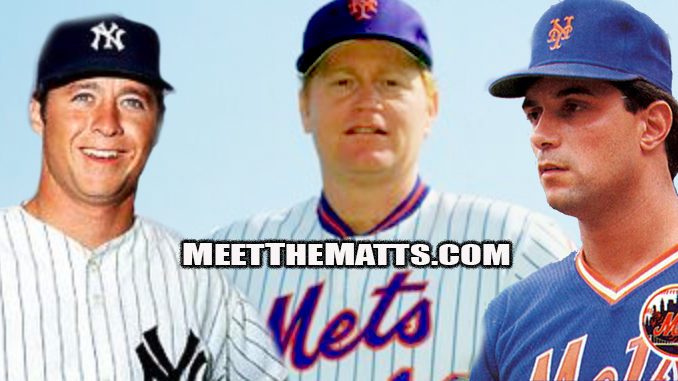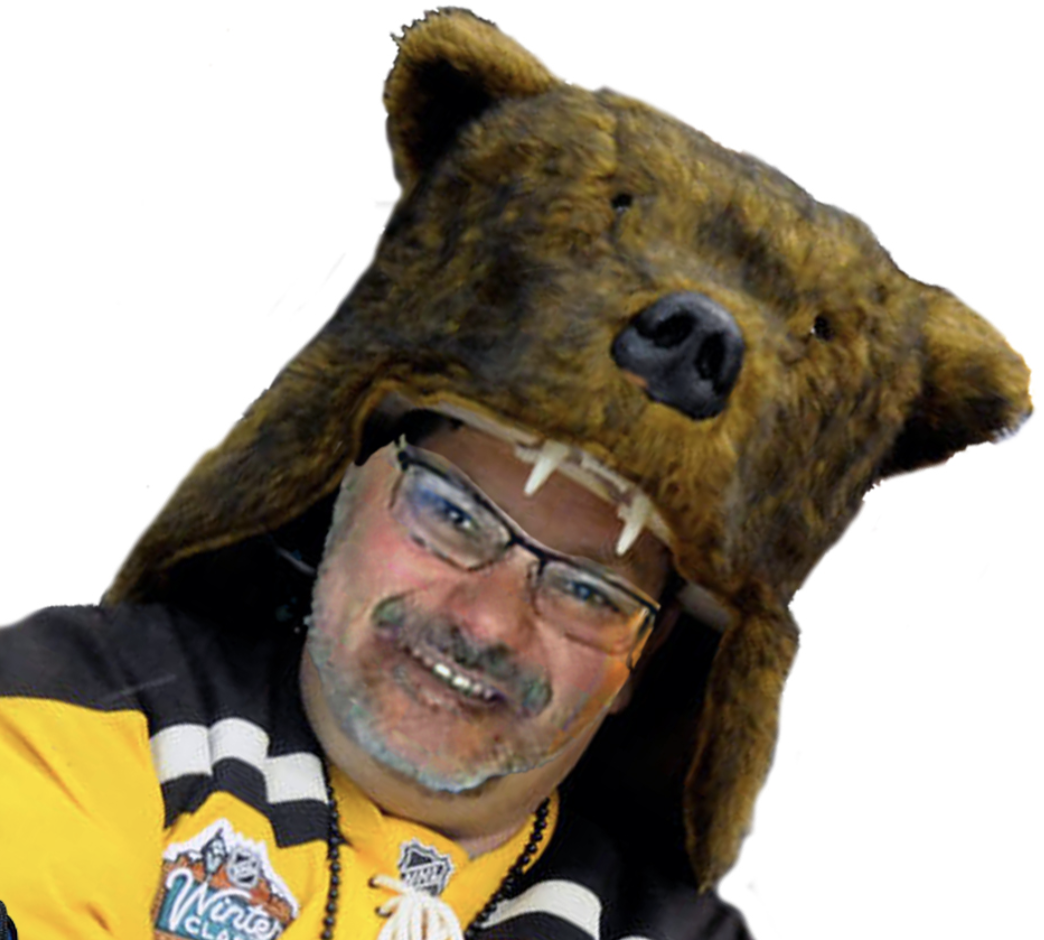
BLOOMINGBURG, NY – Friday, on my way to Orange Regional Medical Center for my second cooties vaccination (brought to you by the fine laboratories of Pfizer), I was searching for today’s topic and it came very naturally. Although Corona season hasn’t let up since last March, it is now baseball season and shot #2 provided the perfect reason for a look back at New York Baseball’s Second Acts. I’m sure there are other players that took two or bows with teams during my youth but these three were huge fan favorites if not icons. The selected trio rode their wave of popularity in their baseball curtain calls.

Rusty Staub
Unknowingly, until researching this 70’s era Met, the French language nickname “Le Grand Orange” probably came from his birthplace in New Orleans and playing for Les Expos du Montreal. The auburn-haired Staub’s playing physique is listed as 6′ 2″ and 190 pounds, which is pretty hysterical since all I ever remember is the outfielder filling out whichever uniform he donned. It was a different era, when ballplayers didn’t look like Adonis or Atlas. MLB must take a player’s measurements as a rookie and never change them because by the end of his first Mets tenure I’ll say he was pushing 215 and by the end of his career 230. Rusty came to the Mets from Montreal for Tim Foli, Mike Jorgensen (whom the Mets would later reacquire) and Ken Singleton. His first NY stint was brief (1972-75), yet he was still able to endear himself to the Flushing faithful – in large part because of his ridiculous 1973 World Series performance at the plate against the A’s. They just couldn’t get him out (11 for 26). He also played heroically after smashing into the outfield wall. In 1975, the brilliant team brass shipped Staub to the Motor City for a dilapidated Mickey Lolich coming off 21 and 18 loss pitching campaigns. Staub had his best two seasons in 1978 and 1979. His second act as a Met oddly lasted longer than Act 1, but only as a fourth outfielder/pinch hitter. In 1985 Le Grand Orange called it a career as the Mets were on the fringe of winning a World Series. As there is symmetry in life, the Mets missed with him in ’73 and he missed without them one year too soon in ’86. His career numbers, produced with his trademark black batting gloves, are on the cusp of the Hall of Fame (2700 H, 499 2B, 292 HR, 1466 RBI).
Bobby Murcer
Having broken into MLB as a shortstop in 1965, Murcer was a link to the Mantle Years and the romantic feeling of those winning years wasn’t lost on the fans. New York enjoys a good underdog story – like Murcer’s – who had all sorts of trouble throwing to first as a shortstop and even more so when the team switched him to third base. He reinvented himself as an outfielder and put up a consistent 20 HR/95 RBI average in six full seasons. The team declined and he was traded to the San Francisco Giants for Bobby Bonds in 1975. As so often is the case it’s what’s between the ears with athletes that effects performance. In interviews and conversations, Murcer often said he was devastated at being traded from NY, to the point where he never truly recovered mentally and couldn’t recapture his old form upon his return to the Pinstripes. Save for the Thurman Munson Game, which the YES Network loves to air, there weren’t many signature moments. But he was still revered by older fans.
Lee Mazzilli
Mazz was a good Local Boy Does Good story for NY during the time of a garbage strike, the Son of Sam, and a blackout. The Brooklyn-based sitcom Welcome Back Kotter wasn’t the only hot item coming from the borough, as Mazzilli patrolled the outfield for the Mets from 1976-81. Women of all ages swooned at his appearance. His skills were unspectacular but steady. In hindsight the team made a great trade in sending Mazzilli packing for Texas, as it brought pitchers Ron Darling and Walt Terrell. Four months later in an exchange of poster boys, Mazz was traded to the Yankees for Bucky F***ing Dent. The Mets reconnected with Mazzilli in the push for their World Series in 1986. He was nothing more than a utility player but the heartstrings attached to the lean years of the late 70’s made the fans appreciate that World Series even more.
There’s a nice little bow to wrap this post up: The names mentioned above shared work as analysts during telecasts of Mets and Yankees games… Staub, Murcer, Singleton, and Darling.
Leave some of your second acts in NY sports in the comments section and be sure to come back tomorrow for Sports Rain Man, Junoir Blaber.

